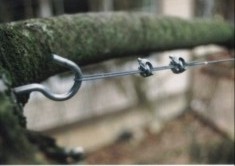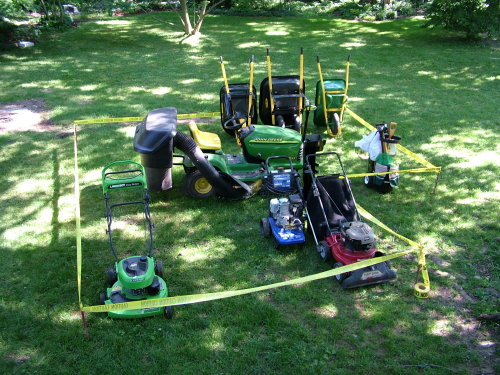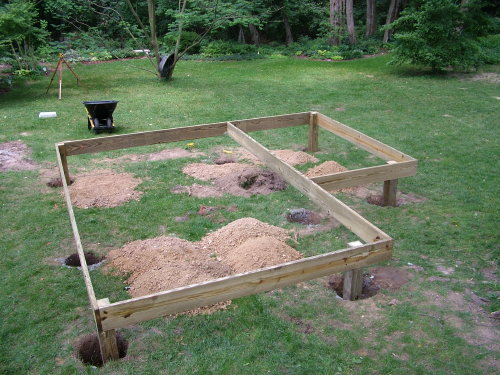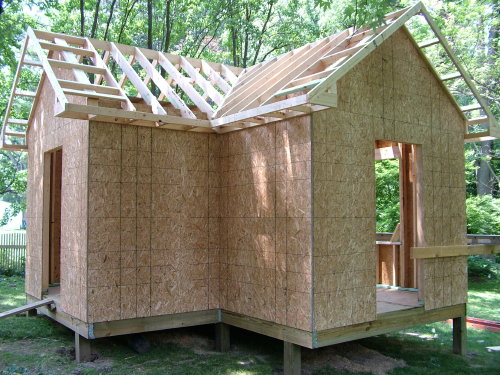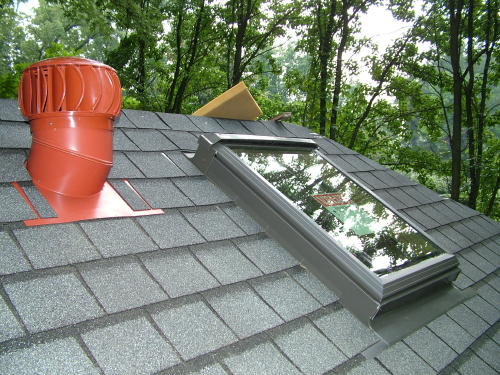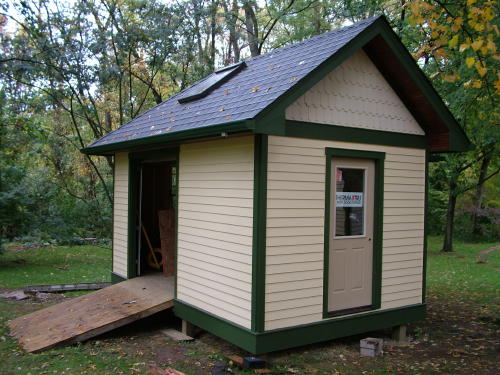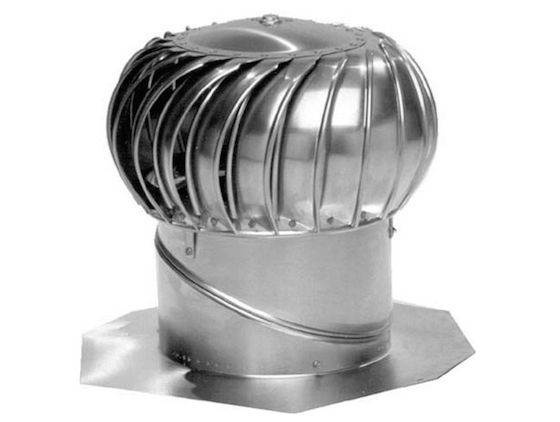I was flying to an awards dinner in Washington DC early one spring (1999) and was paging through a Delta Sky Mall magazine. One of the products offered was a sleek, decorative, arched bridge for a garden. The bridge came in 5 sizes ranging from 3.5 feet long to 10 feet long. The prices ranged from $299.95 to $1,199.95 . It is a beautiful arched bridge, but the prices sort of takes your breath away! If you want to try to find it, you don't need to fly on a plane.
Modifications
If you want to build a bridge like the one in the Sky Mall magazine, you need special tools and skills. The arch bridge frame and the matching arch railings are tough to build. You can try to do a simple one, but I believe you will soon find out that trying to fit the pieces and get consistent bends is very difficult. I propose that you consider a flat or straight bridge that possibly has a fancy rail system. What do you think of that idea?
Bridge Basics
About ten years ago a next door neighbor's daughter asked me to help her with a high school physics project. The challenge was to build a bridge using toothpicks and regular glue. The total weight of the bridge could not exceed 40 grams. I tried to get fancy and copy the truss design of a real bridge that crossed the Ohio River. I made a little template for her to show her how to cut the little pieces and built a sample triangle truss. She proceeded to build a superb bridge and actually won first place in her weight class division. Her bridge ended up being the lightest weight bridge weighing in at about 12 grams.
Do you know what bridge won the overall competition? The one that held by far the most weight? It was a simple crazy flat bridge that an industrious student built by gluing toothpicks next to one another! The bridge consisted of several layers. I believe every other layer the toothpicks were oriented at a 90 degree angle just as plywood veneers are glued to one another. It was so plain and so simple you could scream! The moral of the story is that your bridge doesn't have to look good to be a top performer.
Long or High Spans
The bridge I have in mind that you are going to build is supposed to be about 10 - 15 feet long and cross a gully no more than 2 or 3 feet deep. If the bridge needs to be larger than this, or cross a creek or ditch deeper than 3 feet, you better consider getting some professional input. Bridge engineering is not that hard for simple spans, but it is critical if you don't want to get hurt. Remember, if you build a bridge that you drive a tractor over, it is going to experience concentrated loads and the vibrations of the tractor may set up a harmonic vibration that can further stress your bridge.
Water Problems
If your bridge is going to cross a creek that rises during periods of heavy rain, you need to take special precautions. Bridge designs that include posts at mid span that are in the center of the creek require study. These posts get stressed as the water rushes by them.
Keep in mind the high water mark of the creek or stream. If the horizontal bridge beams become submerged, the weight and force of the water can simply wash your bridge away. You need to make sure that flood waters don't hit the bridge beams.
Planning
If you are getting ready to build a bridge, draw up your own simple plan. Install a simple piece of string to simulate the top surface of the deck. Perhaps string two lines to simulate each outer edge of the bridge. Use these strings to give you the overall length of the bridge and how much room is below the beams in case you have a water filled stream to contend with.
Simply take your time. I would not purchase lumber until I had my concrete grade beams in place. I would want to make sure my beams don't fall short!
Companion Articles: Bridges in Your Backyard, Bridge Building Tips, Bridge Joist Sizing
